Taking the courage to pause
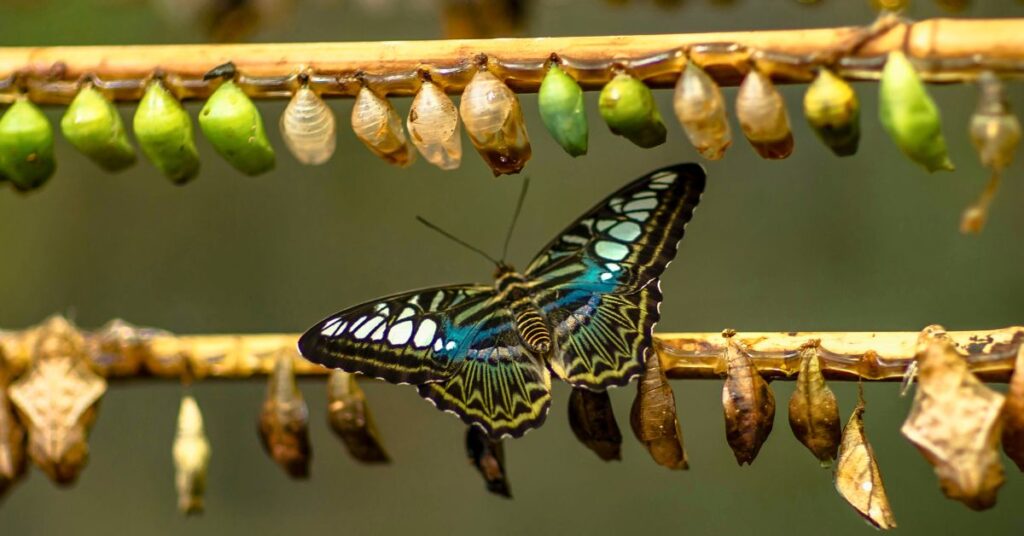
Looking in from the outside, it may appear that 2025 has been a quiet year for the Centre for Cultural Value. Six months into a deliberate and strategic pause, we share our initial reflections, the challenges and the unexpected rewards as we collectively navigate through this period.
Back in January, we shared publicly that the Centre for Cultural Value would be entering a year of reflection, a deliberate pause to rethink how we work, what we offer, and how we navigate an increasingly fragile cultural and funding landscape. It was a bold step, and one that, on the surface, may have looked like a quiet retreat. But inside the Centre, the process has felt anything but calm.
We’ve come to understand that pausing is not the same as stopping. In fact, it’s been one of the most demanding periods in the Centre’s life to date. Transitioning from ‘business as usual’ to a phase of deep strategic thinking has meant questioning assumptions, challenging inherited patterns of behaviour, and perhaps hardest of all, letting go. This has included letting go of comfortable ways of working and, at times, of the people we’ve worked closely with and value deeply. This reflective process has required us to sit with discomfort, uncertainty, and even grief.
Navigating through a time of metamorphosis
As our Arts Professional article explored, we’ve been intentionally “navigating the spaces in between” rather than rushing toward the next shiny output. But what does that feel like, six months in?
It feels like work. Not the work of project delivery or research publication, but the more fragile, exhausting labour of metamorphosis. We’ve been asking ourselves what it means to be truly useful to cultural practitioners and policymakers, particularly as they continue to feel the ripple effects of COVID-19, compounded by ongoing funding cuts and burnout.
This time of reflection has brought competing pressures. While we’ve tried to hold space for long-term thinking, we’ve also had to stitch together small projects to keep the lights on. These short-term activities, while necessary, come with their own risk, a drift into “mission creep” that pulls focus away from our core purpose and into an endless cycle of responding, rather than leading.
The radical approach of strategic slowness
What’s emerging is a new shape for the Centre, one that might mean doing less, but doing it better. Though that phrase risks sounding clichéd, it still feels like a radical approach to take in a sector where funding rewards outputs and visibility. We’re learning to value strategic slowness, to prioritise depth over breadth, and to trust that pausing can be a generative act, but it still feels like an act of courage.
Of course, questions remain. Will we be able to make the case to hold fast to a long-term aim and take our funders and institutions with us? Will our audiences welcome this recalibration, or challenge it? And can we sustain a model that prioritises meaning over momentum?
We don’t yet have all the answers, but in this increasingly challenging climate of uncertainty, resource constraints, and shifting priorities, we’re learning to live with these questions and focus on the opportunities they might present rather than the fear they can evoke. Perhaps that, more than anything, is valuable work.
Related news
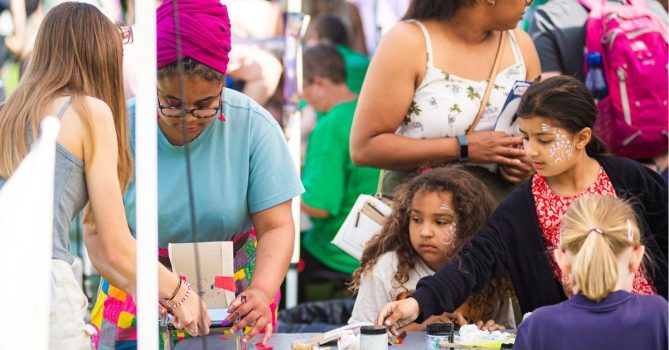
Rethinking Audience Spectrum through a cultural vitality lens
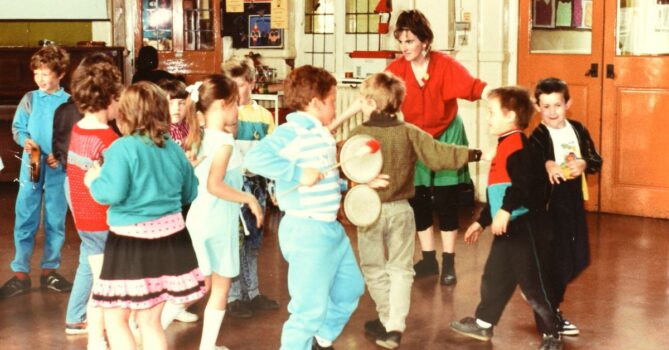
Junction Arts: Fifty years of creative placemaking
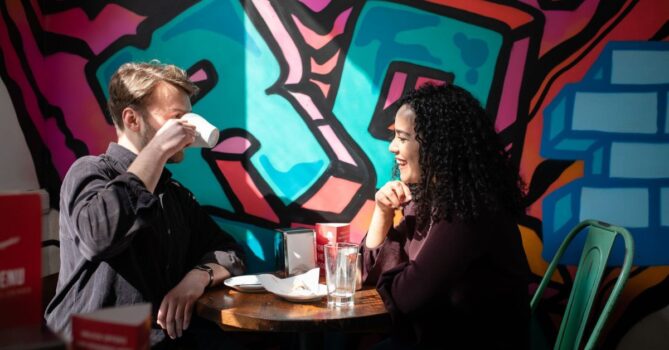
Working internationally with The Arts Impact Partnership
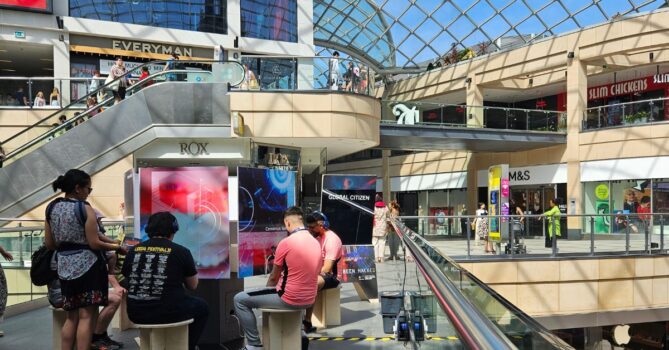
Lessons of touring immersive work beyond arts venues

Understanding and measuring cultural vitality in the UK




